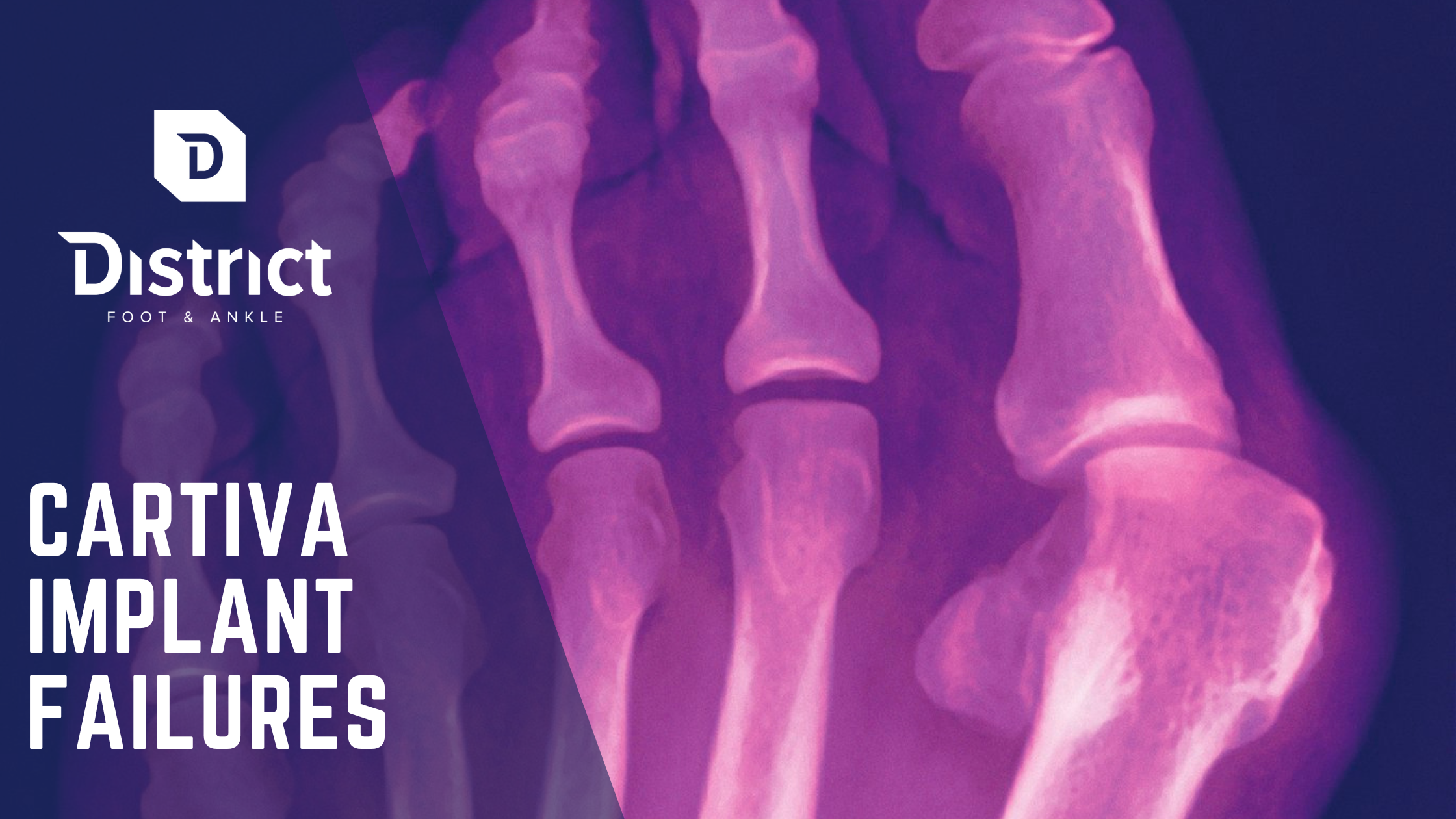You’ve put your trust in a Cartiva implant to alleviate your great toe arthritis, but now you’re facing a failure. You’re not alone. Many patients have experienced similar problems with this water-based implant, which often slips into the bone, a condition known as subsidence. Now, you’re left seeking alternatives, and it’s essential to understand your options. This article will help you comprehend why Cartiva implants fail, and what steps to take next. Remember, it’s crucial to consult a healthcare provider before making any decisions. Let’s explore these issues together, guiding you towards the best possible solution for your unique situation.
Understanding Cartiva Implant Failures: Causes and Implications
So, what’s actually going wrong when a Cartiva implant fails, and what does that mean for you?
The main cause of failure is a process called subsidence, where the implant slips into the bone. This doesn’t just mean that the implant isn’t doing its job, it also can lead to increased pain and discomfort.
Your experience as a patient with a failed Cartiva implant can be distressing, to say the least. You might be dealing with pain, limited mobility, and even the possibility of needing surgical revisions. The long term implications are not just physical, they can be emotional too. It’s tough when a treatment you were hopeful about doesn’t deliver the desired results.
When it comes to alternative treatments, there are options available. A great toe joint fusion might be a good choice, especially if you’re not concerned about wearing high heels. Remember, it’s your comfort and well-being that matter most. Always talk with your healthcare provider to explore the best treatment option for you.
Exploring Alternatives to Failed Cartiva Implants: A Comprehensive Guide
Feeling frustrated with a failed toe joint implant? Let’s delve into some reliable alternatives that can get you back on your feet in no time.
When exploring options for failed Cartiva implants, it’s crucial to consider the long-term effects and recovery process of each surgical alternative.
The most trusted solution often lies in a great toe joint fusion. This procedure is particularly beneficial for those who don’t need to wear high heels. It can relieve pain and enable you to resume your life without further complications. Rest assured, patient experiences highlight its effectiveness. In fact, a fusion of the big toe joint is considered to be the gold standard surgical option to address end-stage arthritis of the big toe joint. With this procedure, any remaining cartilage is removed from the joint and your body is tracked into thinking there is a fracture at the joint so that it heals is 1 continuous piece of bone. The end result is fusion of the joints, which does occur in a mechanically, structurally, appropriate position. Additionally, since the joint does not exist anymore, the pain caused by the arthritis should be eliminated as well.
Your comfort and health are paramount, so it’s vital to make well-informed decisions about these alternatives. Consult with your healthcare provider to determine the best solution for your specific situation. Remember, every failed implant is a stepping stone to finding the most effective treatment for you.
The Benefits of Great Toe Joint Fusion as a Salvage Procedure
Imagine the relief of finally finding a permanent solution after a disappointing experience with a failed toe joint implant – that’s the beauty of a great toe joint fusion as a salvage procedure.
One of the primary great toe joint fusion benefits is its ability to alleviate pain and provide reliable long-term outcomes. The surgical procedure involves fusing the bones of the toe together, eliminating the joint and therefore, the source of your discomfort. Once fused, the toe doesn’t bend anymore, but don’t worry, you’ll still be able to walk, run, and even dance! Post fusion recovery generally requires a period of non-weight bearing, but you’ll be back on your feet in no time, and importantly, without the pain that led you here in the first place.
Now, let’s talk patient selection. The fusion procedure is particularly beneficial for those who don’t require a high degree of toe flexibility in their daily lives. It’s a popular choice among men and women who aren’t keen on high heels.
So, if you’ve been battling with a failed Cartiva implant, consider the benefits of a great toe joint fusion. You deserve a solution that offers the freedom to walk without pain.
Expert Recommendations: What to Do When Your Cartiva Implant Fails
When you’re grappling with the unfortunate reality of a failed toe joint replacement, it’s vital to explore expert recommendations to navigate this challenging situation. A Cartiva implant failure can be disheartening, but taking the right next steps can help you regain your mobility and quality of life. Expert advice often points to surgical alternatives as effective solutions. One highly recommended option is a great toe joint fusion. This procedure can alleviate implant complications and offer a long-lasting solution, allowing you to resume your daily activities without further complications. Navigating through Cartiva implant failures can be daunting, but remember, your well-being is paramount. Don’t shy away from exploring all your treatment options and seeking second opinions. Your health and comfort should always come first, and with the right guidance, you can find the most beneficial solution for your specific circumstances.
Conclusion
Understanding that Cartiva implants can fail, it’s important to know your options. You could opt for a toe joint fusion, offering a permanent fix, but limiting mobility.
Don’t let a failed Cartiva implant slow you down, there are promising solutions available.

